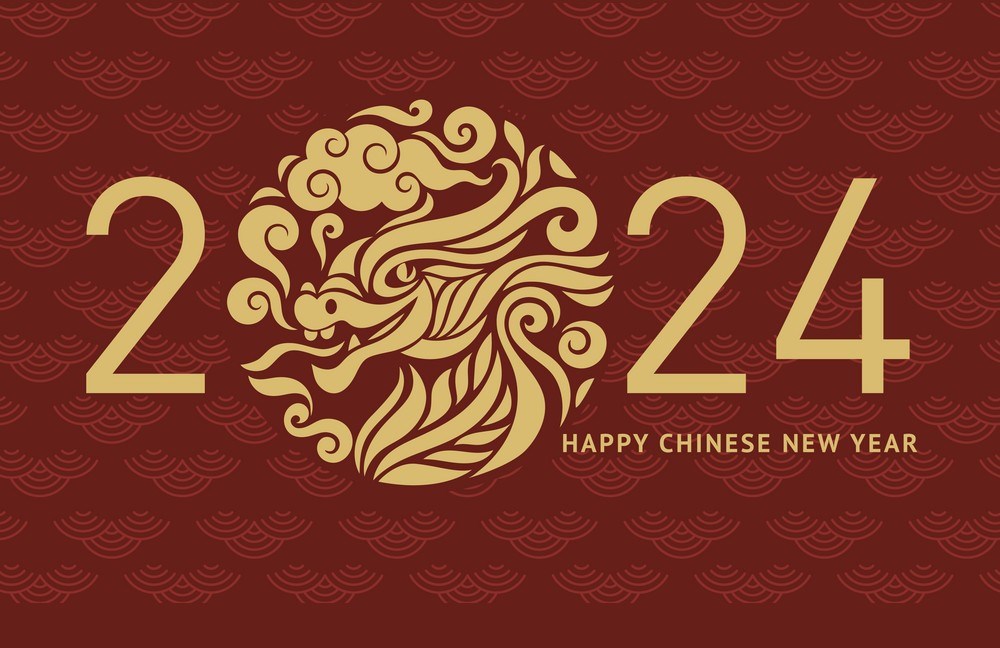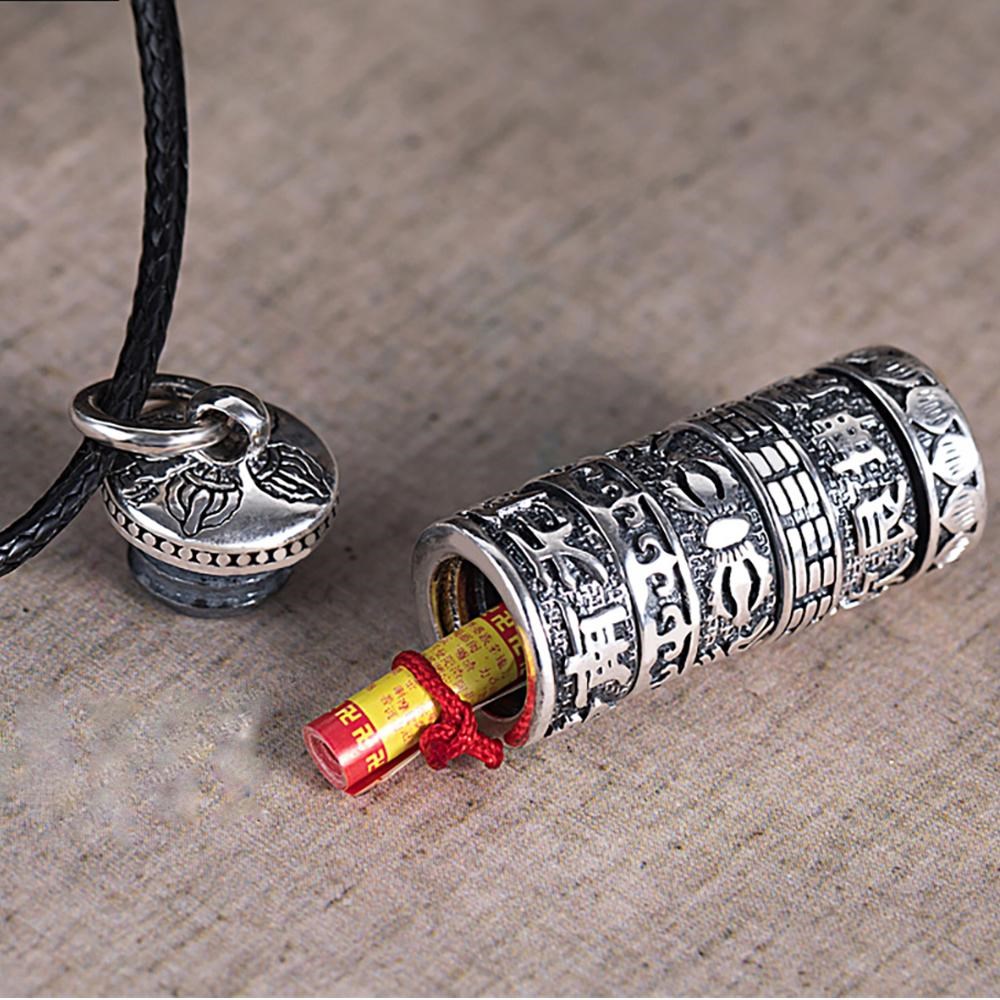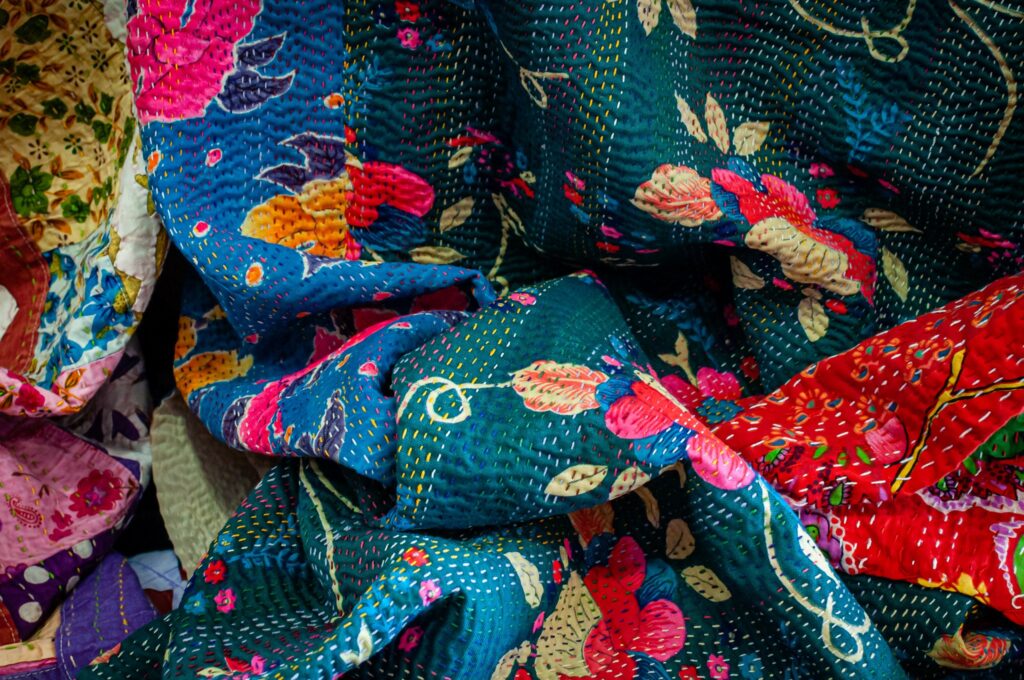
2024: The year of the Dragon, according to China’s culture
The dragon is a mythical creature of Chinese folklore and one of the twelve animals represented in the Chinese Zodiac.
The Dragon occupies a unique place in the Chinese Zodiac. Of all the animals that exist, only dragons appear in mythology. As is well known, dragons occupy a special place in traditional Chinese folklore: the figure of the dragon is associated with strength, health, harmony and good luck.
In Chinese homes, dragon figures are placed above doors or on rooftops to ward off demons and evil spirits.
People born under this sign tend to be charismatic, enterprising and full of vitality. Their presence often marks periods of significant change and momentous events.
2024, the dragon will be influenced by the wood element, which adds an extra dimension of growth, flexibility and expansion. This period will be conducive to new beginnings, whether personal, professional or spiritual.
The dragon is an enterprising sign, and its influence can generate significant opportunities in the work and business spheres. Those who are willing to take on challenges and take initiative could reap exceptional rewards.
The Jade Emperor and the Four Dragons
One of China’s most famous dragon myths tells of a devastating drought that devastated China. Four mighty sea dragons watched this misfortune unfold. They felt sorry for mankind, who would soon perish without rain. The four dragons were commissioned to travel to the highest heaven and ask the Jade Emperor Yuhuáng, ruler of heaven and earth, to send rain.
After receiving an audience and reporting the incident to the Jade Emperor, he casually agreed to make it rain. Understandably, however, the Jade Emperor was preoccupied with the political affairs of Heaven and Earth, so he soon forgot his promise to make rain.










